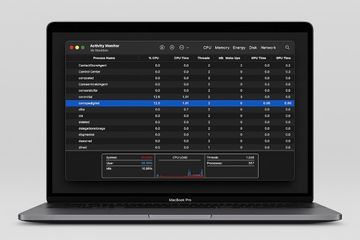Update:
What is corespotlightd and why does it act up?
Let’s face it: most Mac users bump into performance issues at some point, and when they do, it’s often a single process gobbling up too much CPU or memory. Such reports are exploding into the wild off and on, and our team tries to keep a record of the ones that have a significant footprint in terms of user experience. As part of this series, we couldn’t possibly ignore the influx of frustration stemming from an entity named corespotlightd. The scenario feels “classic”: the process periodically monopolizes the Mac’s CPU and RAM resources and drives the consumption to levels that prevent the machine from coping smoothly with other tasks thrown at it.
The sluggishness overlaps with a quickly discharging battery if it’s a MacBook, fan noise, overheating, and in rare cases kernel panics that freeze the system to an inoperable state. What takes many users by surprise is that CPU consumption by corespotlightd, according to the Activity Monitor app, can skyrocket to hundreds of percents. While that seems to be at odds with plain logic, the explanation is fairly simple: this condition is possible when more than one cores of the processing unit are engaged simultaneously. All in all, the bug ends up becoming a brain teaser that won’t sort itself on its own.
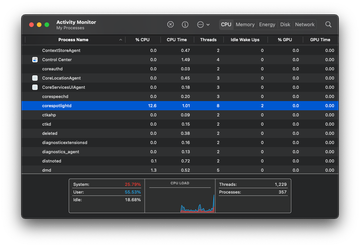
The Corespotlightd CPU and memory overuse may re-infect your Mac multiple times unless you delete all of its fragments, including hidden ones. Therefore, it is recommended to download Combo Cleaner and scan your system for these stubborn files. This way, you may reduce the cleanup time from hours to minutes.
Download Now Learn how Combo Cleaner works. If the utility spots malicious code, you will need to buy a license to get rid of it.The reasons for this overkill can vary. It often happens after you add a lot of new files, connect an external drive with tons of data, or install a big macOS update. In either situation, corespotlightd has to index all that new content to make it searchable by Spotlight. That, clearly, takes effort. Folders syncing with cloud services like iCloud or Dropbox can keep it busy too, especially if files change frequently. A corrupted Spotlight index is another likely catalyst for the problem, because it makes the process work harder than it should. Sometimes, it’s just a glitch in macOS that throws corespotlightd off track. Whatever the reason, the result is the same: your Mac slows down and Activity Monitor shows CPU usage spiking, sometimes well over 100% on multi-core systems.
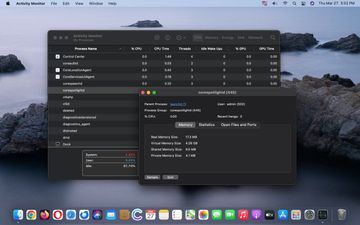
When it comes to the fixes, the first thing on any affected user’s to-do list is to try and stop the process. This means quitting or force-quitting corespotlightd in Activity Monitor. While this workaround will instantly tame the CPU overuse, the catch is that the problem will almost certainly reemerge the next time you search with Spotlight or turn on your Mac. By the way, restarting the machine can also bring about a relief as it clears out any temporary issues causing high resource consumption.
If that doesn’t solve it, try reindexing Spotlight. To do it, go to System Settings (called System Preferences on older macOS versions), find Siri & Spotlight, and proceed to the Spotlight Privacy section. Then, add your main drive to the list to exclude it from indexing, wait for a few minutes, and remove it by clicking the “minus” button at the bottom of the pane. What this ostensibly tricky procedure does is it tells the search module to rebuild the index from scratch. It will take time if you have a lot of files, but once it’s through, corespotlightd should settle down. If you blame the bug on a specific large folder, like one linked to Google Drive, you can exclude it permanently in the above-mentioned Privacy tab to reduce the workload.
To avoid issues going forward, unplug external drives when you don’t need them, delete files you don’t use to keep the index smaller, and install macOS updates whenever available. Also, be sure to eliminate a potential malware piece of the puzzle. This logic makes sense because harmful code can corrupt files and interfere with the work of system components, including Spotlight. That’s especially worthwhile if you periodically connect external media to the Mac and thereby introduce a lot of new files to the system, some of which can be dodgy. With that in mind, consider using the following walkthrough to check if malicious software is part of the problem.
Corespotlightd high CPU virus manual removal from Mac
The steps listed below will walk you through the removal of this malicious application. Be sure to follow the instructions in the specified order.
Expand the Go menu in your Mac’s Finder bar and select Utilities as shown below.

Locate the Activity Monitor icon on the Utilities screen and double-click on it.
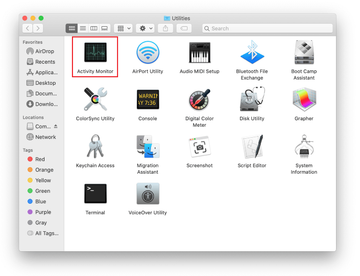
In the Activity Monitor app, look for corespotlightd or another process that appears suspicious. To narrow down your search, focus on unfamiliar resource-intensive entries on the list. Keep in mind that its name isn’t necessarily related to the way the threat is manifesting itself, so you’ll need to trust your own judgement. If you pinpoint the culprit, select it and click on the Stop icon in the upper left-hand corner of the screen.

When a follow-up dialog pops up asking if you are sure you want to quit the troublemaking process, select the Force Quit option.
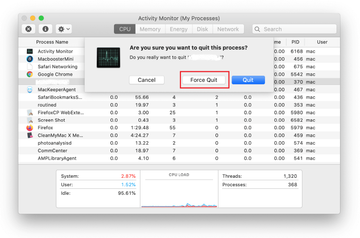
Click on the Go menu icon in the Finder again and select Go to Folder. You can as well use the Command-Shift-G keyboard shortcut.
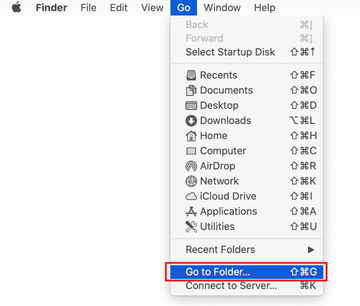
Type /Library/LaunchAgents in the folder search dialog and click on the Go button.
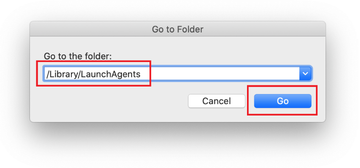
Examine the contents of the LaunchAgents folder for dubious-looking items. Be advised that the names of files spawned by malware may give no clear clues that they are malicious, so you should look for recently added entities that appear to deviate from the norm.
As an illustration, here are several examples of LaunchAgents related to mainstream Mac infections: com.updater.mcy.plist, com.avickUpd.plist, and com.msp.agent.plist. If you spot files that don’t belong on the list, go ahead and drag them to the Trash.
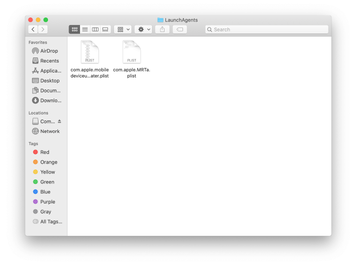
Use the Go to Folder lookup feature again to navigate to the folder named ~/Library/Application Support (note the tilde symbol prepended to the path).
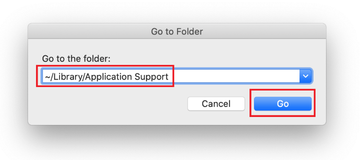
When the Application Support directory is opened, identify recently generated suspicious folders in it and send them to the Trash. A quick tip is to look for items whose names have nothing to do with Apple products or apps you knowingly installed. A few examples of known-malicious folder names are ProgressSite and IdeaShared.
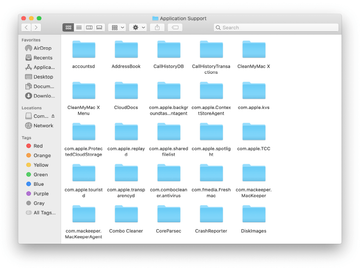
- Enter ~/Library/LaunchAgents string (don’t forget to include the tilde character) in the Go to Folder search area.
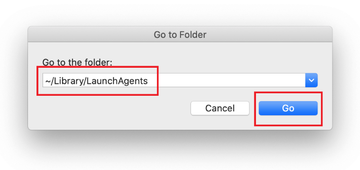
- The system will display LaunchAgents residing in the current user’s Home directory. Look for dodgy items related to rogue BDLDaemon process (see logic highlighted in subsections above) and drag the suspects to the Trash.
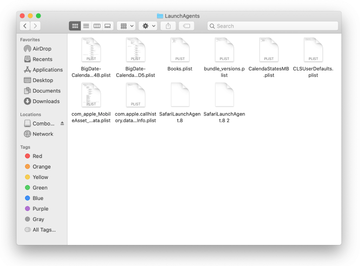
- Type /Library/LaunchDaemons in the Go to Folder search field.
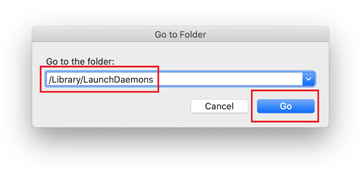
- In the LaunchDaemons path, try to pinpoint the files the malware is using for persistence. Several examples of such items cropped by Mac infections are com.apple.sysmond.plist, com.startup.plist, and com.ExpertModuleSearchDaemon.plist. Delete the sketchy files immediately.
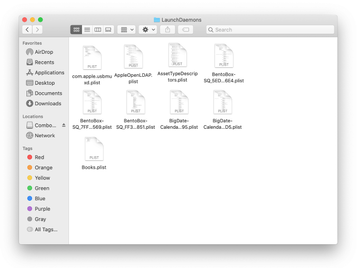
- Click on the Go menu icon in your Mac’s Finder and select Applications on the list.
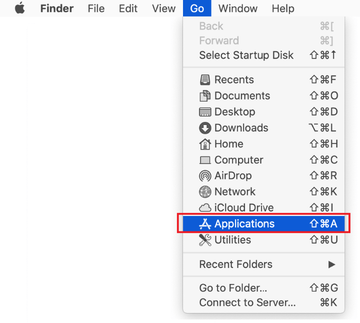
- Find the entry for an app that clearly doesn’t belong there and move it to the Trash. If this action requires your admin password for confirmation, go ahead and enter it.
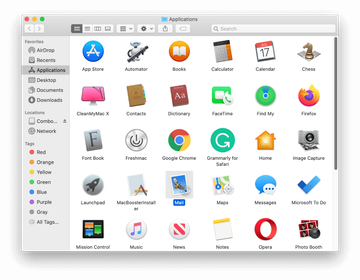
- Expand the Apple menu and select System Preferences.
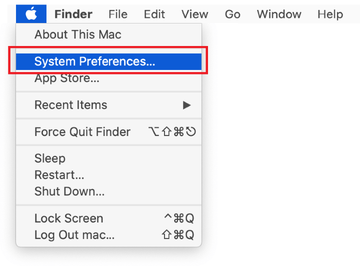
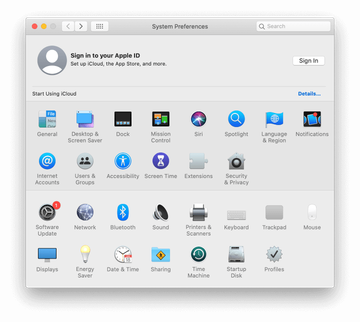
- Proceed to Users & Groups and click on the Login Items tab.
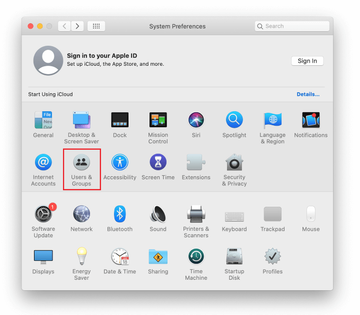
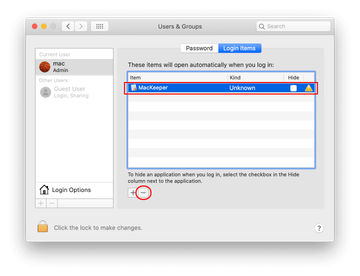
- Now select Profiles under System Preferences. Look for a malicious item in the left-hand sidebar. Several examples of configuration profiles created by Mac adware include TechSignalSearch, MainSearchPlatform, AdminPrefs, and Safari Settings. Select the offending entity and click on the minus sign at the bottom to eliminate it.
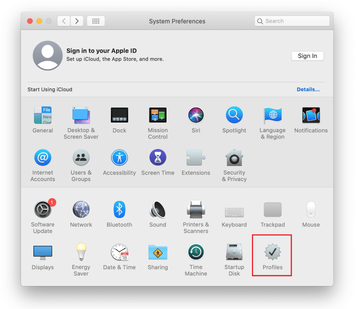
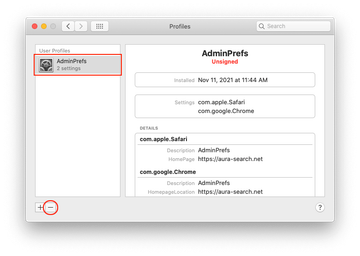
Get rid of corespotlightd virus in web browser on Mac
To begin with, the web browser settings taken over by the corespotlightd virus should be restored to their default values. Although this will clear most of your customizations, web surfing history, and all temporary data stored by websites, the malicious interference should be terminated likewise. The overview of the steps for completing this procedure is as follows:
- Remove corespotlightd virus from Safari
Open the browser and go to Safari menu. Select Preferences in the drop-down list.
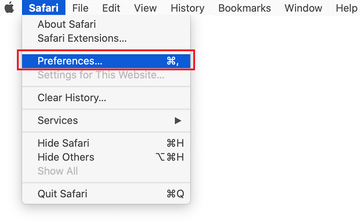
Once the Preferences screen appears, click on the Advanced tab and enable the option saying “Show Develop menu in menu bar”.
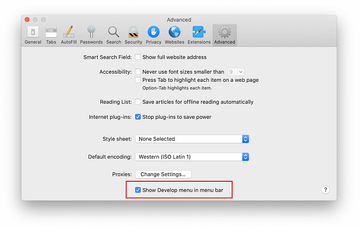
Now that the Develop entry has been added to the Safari menu, expand it and click on Empty Caches.
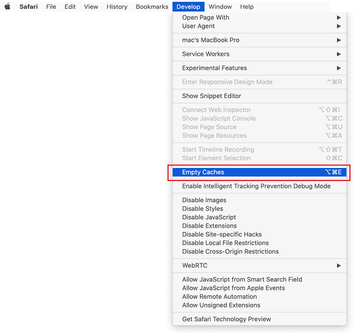
Now select History in the Safari menu and click on Clear History in the drop-down list.
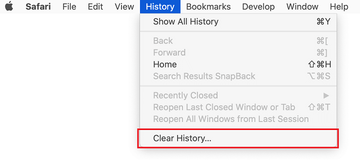
Safari will display a dialog asking you to specify the period of time this action will apply to. Select all history to ensure a maximum effect. Click on the Clear History button to confirm and exit.
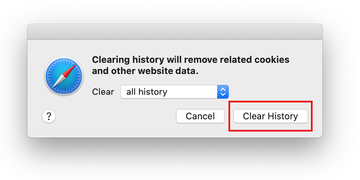
Go back to the Safari Preferences and hit the Privacy tab at the top. Find the option that says Manage Website Data and click on it.

The browser will display a follow-up screen listing the websites that have stored data about your Internet activities. This dialog additionally includes a brief description of what the removal does: you may be logged out of some services and encounter other changes of website behavior after the procedure. If you’re okay with that, go ahead and click on the Remove All button.
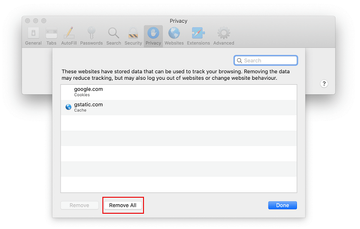
Restart Safari
- Remove corespotlightd in Google Chrome
Open Chrome, click the Customize and control Google Chrome (⁝) icon in the top right-hand part of the window, and select Settings in the drop-down
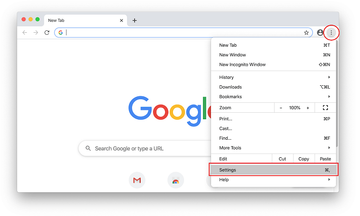
When on the Settings pane, select Advanced
Scroll down to the Reset settings section.
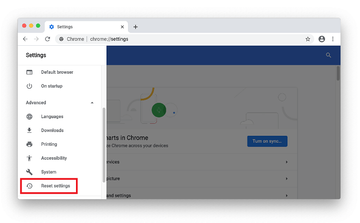
Confirm the Chrome reset on a dialog that will pop up. When the procedure is completed, relaunch the browser and check it for malware activity.
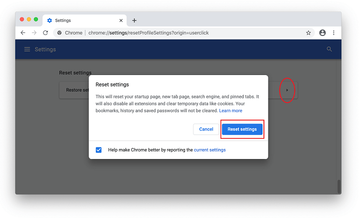
- Remove corespotlightd from Mozilla Firefox
Open Firefox and go to Help – Troubleshooting Information (or type about:support in the URL bar and press Enter).
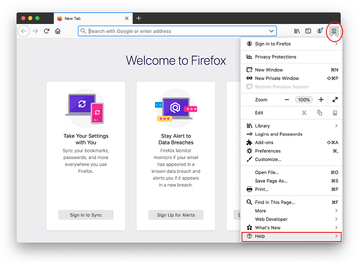
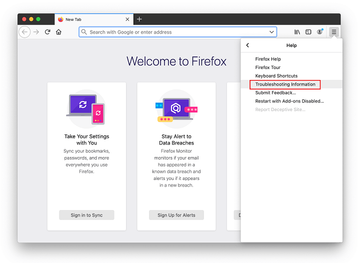
When on the Troubleshooting Information screen, click on the Refresh Firefox button.
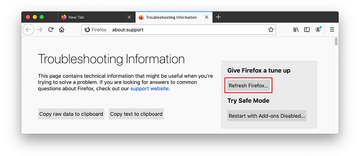
Confirm the intended changes and restart Firefox.
Fix Corespotlightd CPU and memory overuse on Mac using Combo Cleaner removal tool
The Mac maintenance and security app called Combo Cleaner is a one-stop tool to detect and remove corespotlightd virus. This technique has substantial benefits over manual cleanup, because the utility gets hourly virus definition updates and can accurately spot even the newest Mac infections.
Furthermore, the automatic solution will find the core files of the malware deep down the system structure, which might otherwise be a challenge to locate. Here’s a walkthrough to sort out the corespotlightd issue using Combo Cleaner:
Download Combo Cleaner installer. When done, double-click the combocleaner.dmg file and follow the prompts to install the tool onto your Mac.
By downloading any applications recommended on this website you agree to our Terms and Conditions and Privacy Policy. The free scanner checks whether your Mac is infected. To get rid of malware, you need to purchase the Premium version of Combo Cleaner.
Open the app from your Launchpad and let it run an update of the malware signature database to make sure it can identify the latest threats.
Click the Start Combo Scan button to check your Mac for malicious activity as well as performance issues.
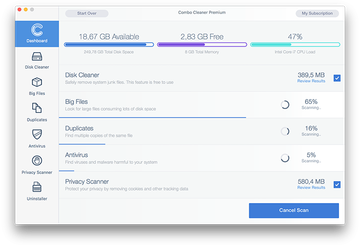
Examine the scan results. If the report says “No Threats”, then you are on the right track with the manual cleaning and can safely proceed to tidy up the web browser that may continue to act up due to the after-effects of the malware attack (see instructions above).
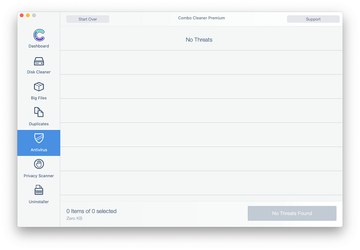
In case Combo Cleaner has detected malicious code, click the Remove Selected Items button and have the utility remove corespotlightd threat along with any other viruses, PUPs (potentially unwanted programs), or junk files that don’t belong on your Mac.
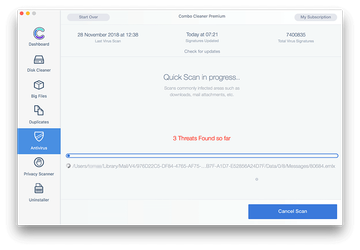
Once you have made doubly sure that the malicious app is uninstalled, the browser-level troubleshooting might still be on your to-do list. If your preferred browser is affected, resort to the previous section of this tutorial to revert to hassle-free web surfing.
